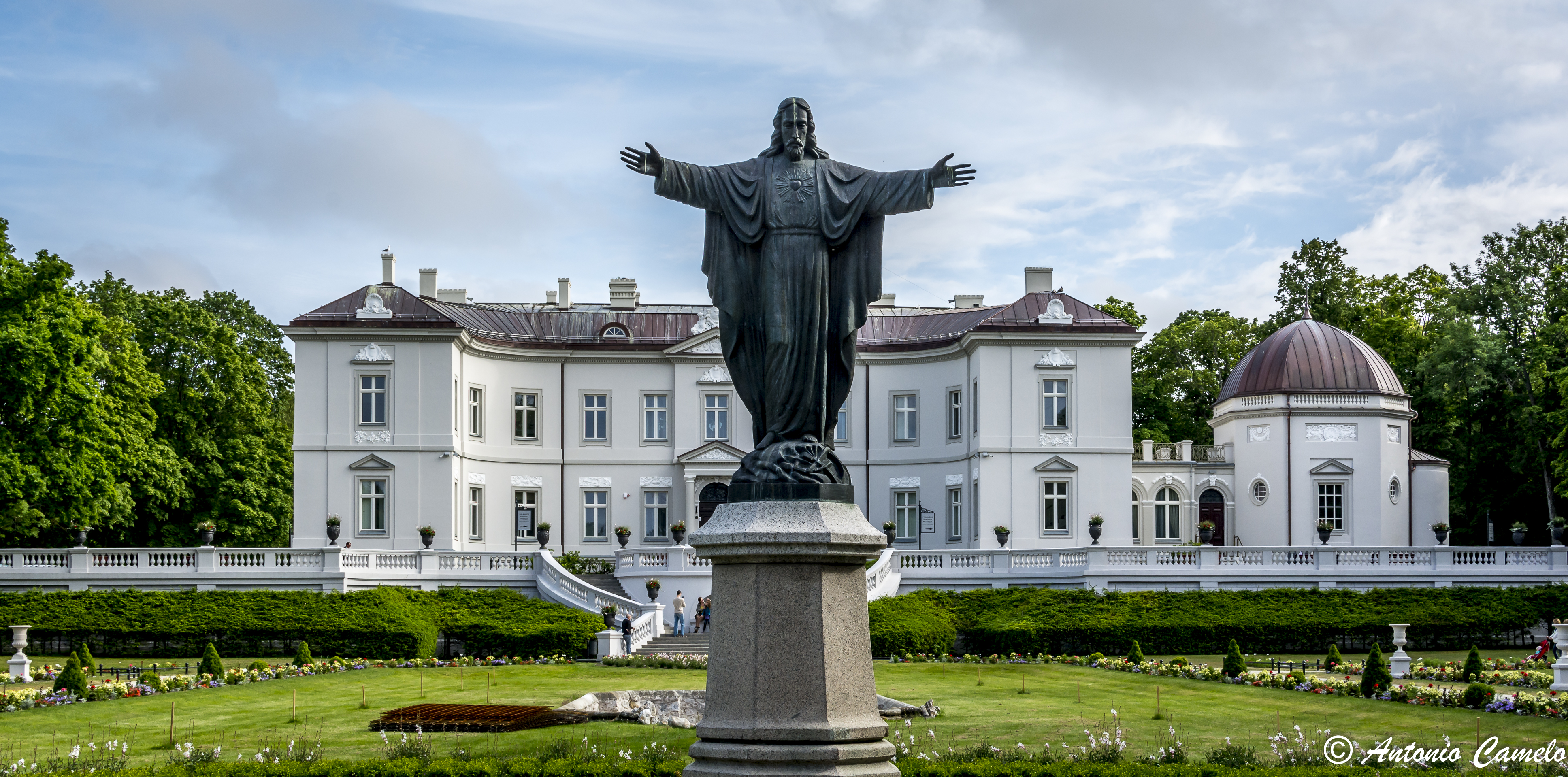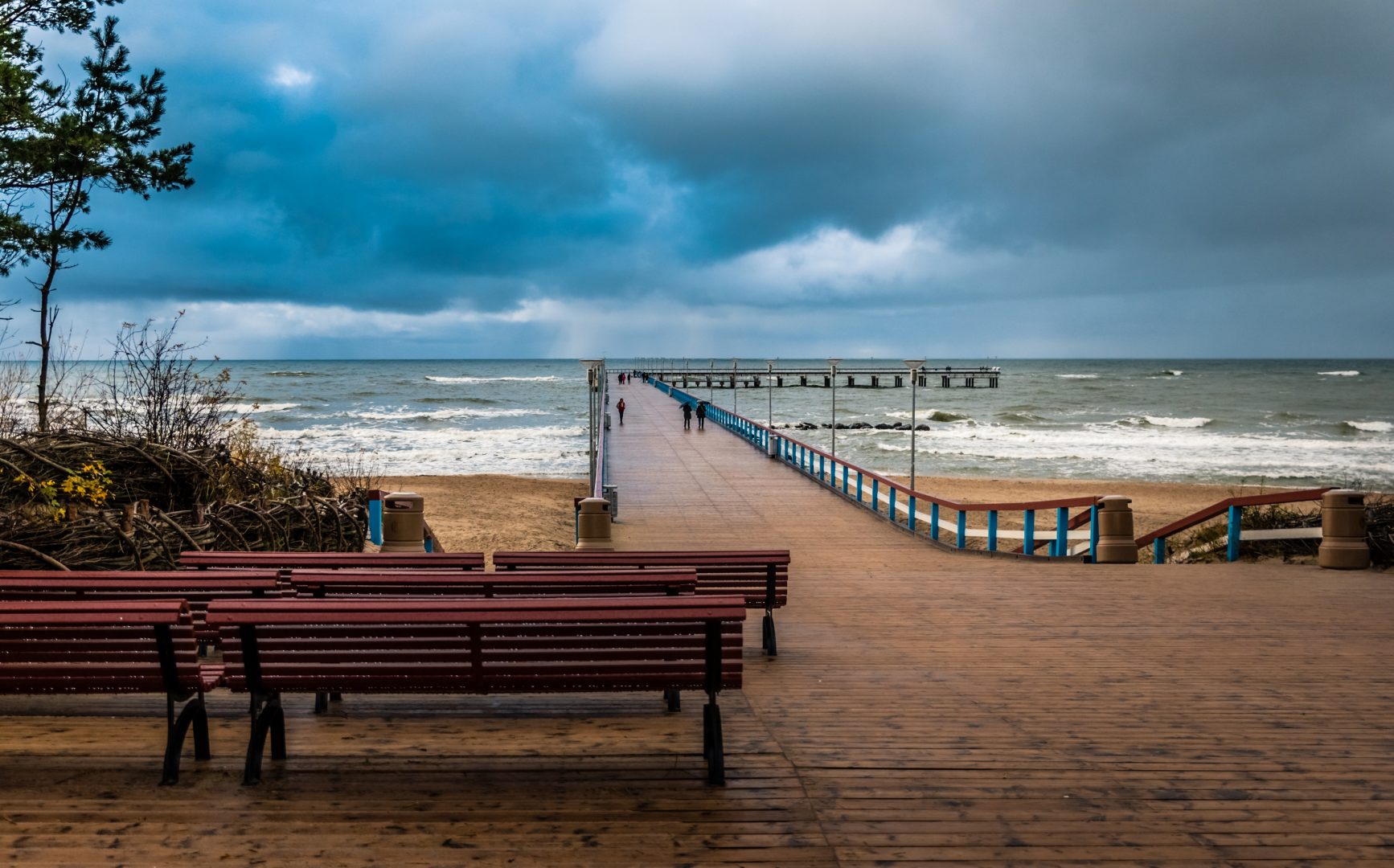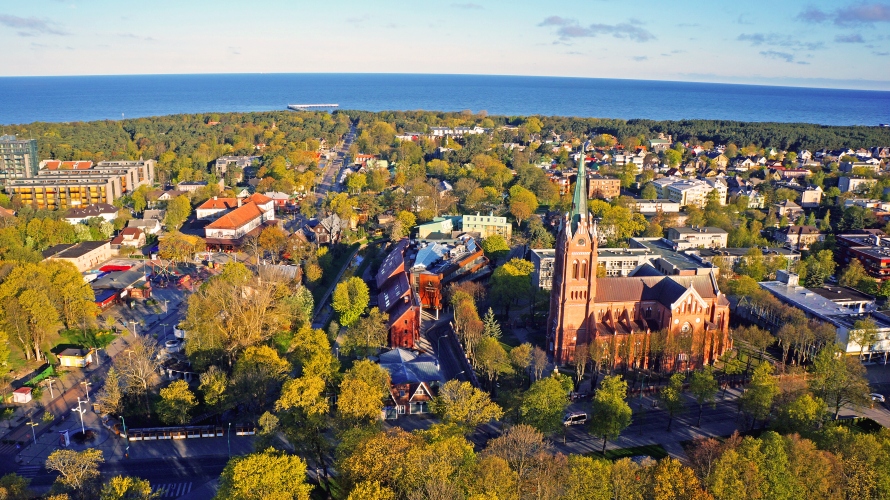Places of Interest
 Amber Museum
One of the most recommended museums is the Palanga Amber Museum. The museum was established on August 3, 1963. It is housed on the estate of Count Feliksas Tiskevicius (1865-1932). The estate, designed by German architect Franc Schwechten (1841-1924), was built in 1897. The Palanga Botanical Gardens, designed by the landscape architect Eduard Francois Andre (1840-1911), surround the Estate. The estate palace in neo renaissance style is an inseparable part of the park's ensemble. A. Brusokas restored the palace in 1957. The Count Tiskevicius family resided in the palace until 1941. A descendant of the Counts, Alfredas Tiskevicius, now lives in Warshaw, On 22 of May 1997 the Council of Palanga town granted the name of HONORARY CITIZEN of Palanga town to Alfredas Tiskevicius. The Palanga Amber Museum’s exposition takes up 15 rooms. About 4,500 exhibit pieces are found here. Visitors are acquainted with the formation, processing, practical application, and morphological variations of amber. The museum has a wealth of amber pieces with trapped insects or plants, a collection of unique pieces of amber, and examples of fossilized tree resin brought from all over the world. The Palanga Amber Museum is a branch of the Lithuanian Art Museum. About 8 million people have come to visit the Palanga Amber Museum. The Museum is becoming famous for its traditional cultural events. For 30 summers now the terrace has been home to the night serenade concerts. Interesting cultural events and meetings with artists take place in the Fireplace Hall of the Estate. 
Sea Pier It is difficult to imagine Palanga without the Pier. A superb view of dunes, beaches and limitless sea opens from it. There You can listen to the murmur of the sea, yell of seagulls, watch the sunsets that are different each time. At the end of the XIX c holidaymakers had a lot of inconveniences when reaching Palanga from Liepaja or Klaipėda by carriages. Intending to build a landing stage for ships, in 1884 – 1888 the Count Juozapas Tiškevičius built a pier leading into the sea. A merchant – passenger vessel “Phoenix” used to carry holidaymakers, goods and food from Liepaja. But every time after storms the landing stage was covered with sand and after a few years it was not usable for navigation. In the course of time, the pier has become one of the most important symbols of Palanga resort. Unfortunately, time, sea waves, and wind have been devastating this construction. In 1998 a new pier of 470 metres length was built. Today it is a favourite place for rendezvous, promenades, and saying good-bye to the sun.  Palanga city has more very interesting and fascinating place. So we recommend you visit official Palanga tourism information center site: www.palangatic.lt/en |




